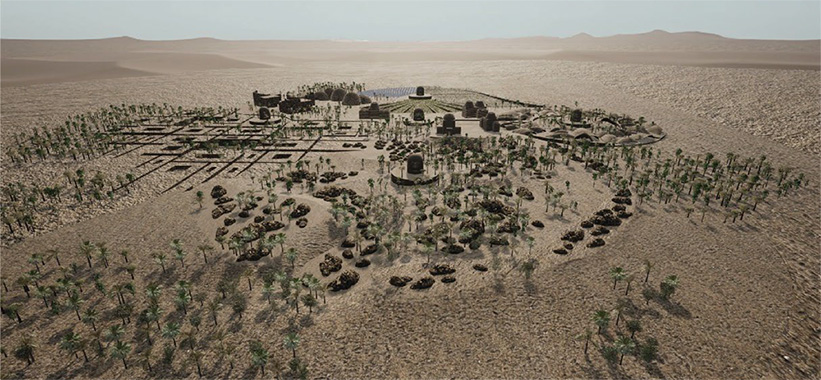
The concrete industry’s significant CO2 emissions and material usage have driven a shift towards sustainable construction, with a renewed focus on using local materials like soil, now made viable for modern construction through advancements in robotic fabrication. A key challenge with local soil is enhancing its strength for construction. The Microbially Induced Calcium Carbonate Precipitation method (MICP), which harnesses bacteria to harden soil, has emerged as a solution. Typically, MICP relies on exogenous bacteria cultivated in controlled environments, a resource-intensive process, which is often challenging to apply in natural soil conditions. This paper proposes MICP through biostimulation of locally sourced soil bacteria, simplifying the process and allowing for on-site applications. This study explores the potential of MICP by stimulation in construction, utilizing advanced robotic fabrication techniques. We aim to reduce the environmental footprint of traditional concrete methods and minimize waste while increasing efficiency and precision using local soil by employing robotic fabrication techniques.
Our findings are based on strength, mechanical, and performance tests, as well as experiments in formative and additive manufacturing of domes, using a custom robotic 3D printing extruder in a lab setup. These experiments confirm the feasibility of using local soil for sustainable construction. The results encourage further research to scale up the manufacturing process and enhance the material’s structural strength. This research bridges the gap between traditional local material usage and modern construction technologies, offering a sustainable pathway for the construction industry.